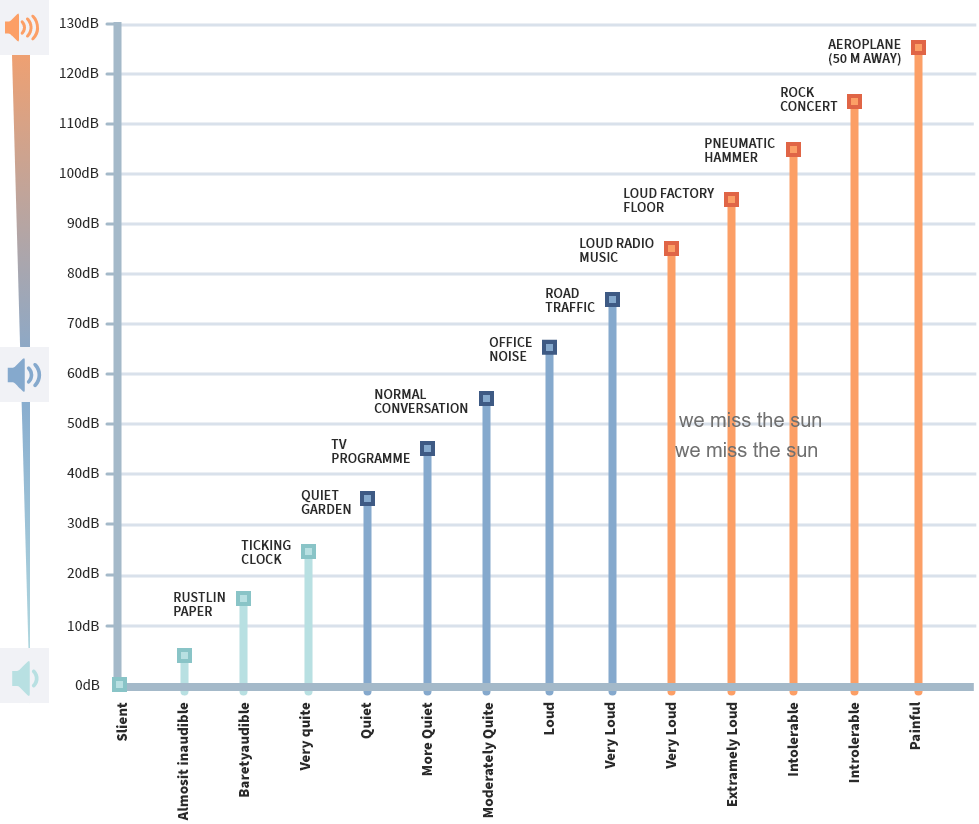
Understand how our acoustic solutions can benefit your building project.
Soundproof glass
Sound Control has a significant impact on our health and standard of living. Sound control glass protects against various external noise sources such as road, rail, and air traffic. Sound control glass can be used in all types of windows and facades.
This type of glass is used to keep noises outside or inside rooms. For example, sound-insulating single glass is often used in indoor areas where privacy plays a major role, such as patient rooms and meeting rooms. But also to promote and limit the acoustics to one room, soundproof single glass is a good option. In theaters and concert halls, the public fully enjoys the sound, but outside it should in principle be heard as little as possible to limit the nuisance. The use of single glass is sufficient here because the insulation value does not play a role in indoor use (such as interior windows, doors, and frames).
However, to keep out traffic noise as much as possible, soundproofing single glazing is not sufficient, because the glass is in an outer wall. Double glazing is a better choice for this. Sound insulation’s quality is higher, which increases noise comfort, but the efficiency is also considerably higher. Because you want to keep the noise out, ventilation is not always possible. In these situations, double glazing in combination with a sound-insulating ventilation grille offers an excellent solution. Sound-insulating glass can be used in various types of frames; from Pvc to steel and aluminium to wood.
Our environment is getting ever louder, with private and public transport constantly increasing. Nobody is safe from excessive noise. Even quiet places today can be exposed to heavy noise tomorrow. But: what is excessive noise? Excessive noise is any type of sound that is felt to be offending, annoying, or painful. Ambient noise consists of a multitude of tones of different frequencies and intensities. Specific perception by the human ear is taken into account in the determination of excessive noise intensity. Higher-pitched tones are subjectively felt to be louder than lower-pitched ones. The loudest tone a human can hear without pain has a sound intensity ten billion times greater than the quietest tone. The human ear copes with this by perceiving a tenfold increase in sound intensity as a doubling of the loudness. Dealing with such large figures is not very practical, and for that reason, a logarithmic scale is used. The unit is the decibel (dB), derived from the bel (B) (1 bel = 10 decibels), a non-dimensional proportional number that corresponds to the decadic logarithm.

Whether YOU NEED More Information, Samples, A Quote, Or Advice For A Project, We Would Be Delighted To Talk To You.
